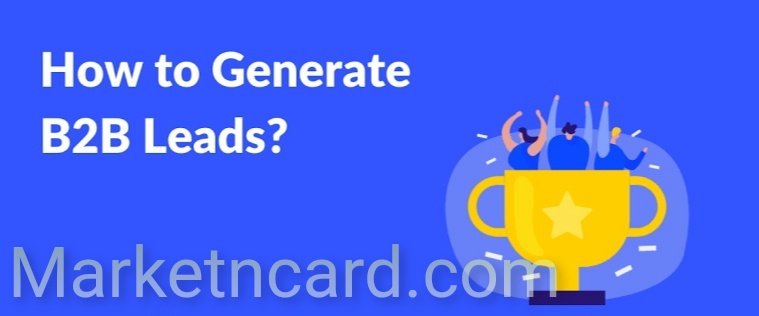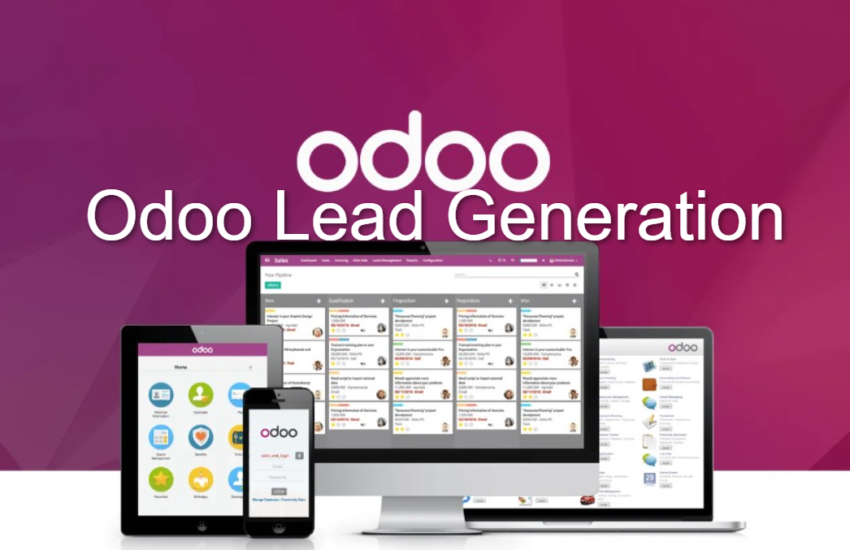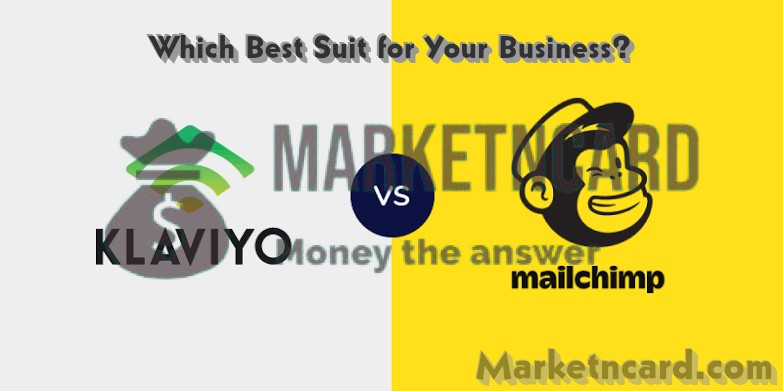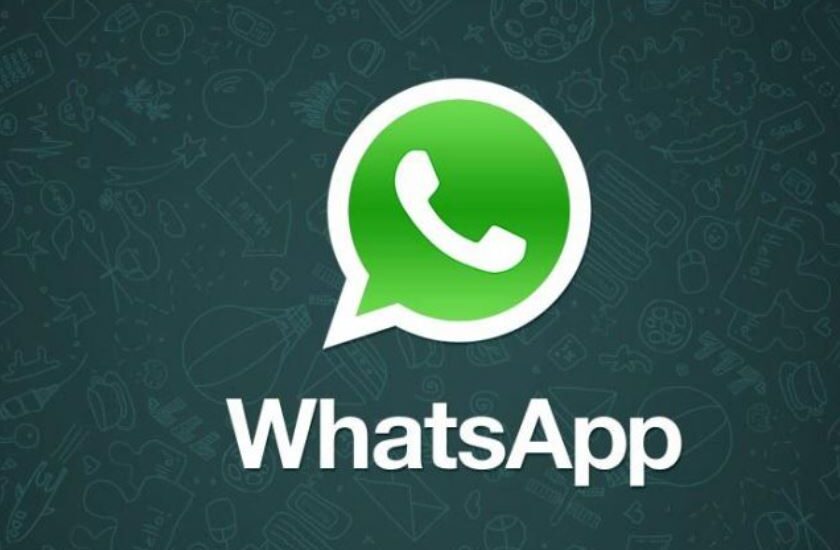How Can Email Marketing Fuel Your Overall Inbound Strategy – In today’s digital age, email marketing has become a crucial tool for businesses to reach out to their customers and prospects. With the right email marketing strategy, businesses can nurture relationships, build brand loyalty, and drive revenue.
Inbound marketing, on the other hand, is a methodology that focuses on attracting, engaging, and delighting customers through valuable content and experiences. In this article, we will explore how email marketing can fuel your overall inbound marketing strategy and help you achieve your business goals.
SSEE ALSO: Email Marketing in Dallas Texas: A Guide to Effective Campaigns
Benefits of Email Marketing in Inbound Strategy
Builds and Nurtures Relationships:
Email marketing can be a great way to keep in touch with prospects and customers, and nurture relationships over time. By regularly sending out targeted emails that provide value to your subscribers, you can keep them engaged and informed about your products or services. This can help build trust and brand loyalty, as well as establish your business as a thought leader in your industry.
Regular email communication can also help you stay top-of-mind with your subscribers, making it more likely that they will think of you when they are ready to make a purchase or refer a friend. Additionally, by providing valuable content in your emails, you can position yourself as a helpful resource to your subscribers, which can help to further strengthen relationships.
Cost-Effective:
Email marketing is one of the most cost-effective ways to reach a large audience. Compared to traditional advertising channels like TV, radio, or print, email marketing is significantly less expensive. With email marketing, you can reach thousands of people at once, without breaking the bank.
Additionally, because email marketing is digital, there are no printing or postage costs associated with sending out emails. This means that the cost-per-lead for email marketing campaigns is often significantly lower than other marketing channels, making it an attractive option for businesses of all sizes.
SEE ALSO: How Do I Make Money For Social Media – Reveals Secrete
Personalization and Segmentation:
One of the biggest benefits of email marketing is the ability to personalize messages based on a subscriber’s interests, preferences, and behavior. Personalization can include using a subscriber’s name in the email, tailoring content to their interests, or even recommending specific products based on their past purchase history.
Segmentation is another powerful tool in email marketing that can help increase the relevance of your messages. By segmenting your email list into specific groups based on criteria such as demographics, behavior, or interests, you can send targeted messages that are more likely to resonate with your subscribers.
For example, if you own a pet store, you might segment your email list into dog owners and cat owners, and send targeted messages about products and services that are specific to each group. This can help increase the effectiveness of your email marketing campaigns, and improve the overall engagement and response rates.
Metrics and Insights:
Email marketing provides valuable data and insights that can help you improve your strategy over time. By tracking metrics like open rates, click-through rates, conversion rates, and revenue generated from email campaigns, you can get a better understanding of what is working and what isn’t.
Using this information, you can optimize your email campaigns and test different elements such as subject lines, messaging, and visuals to improve performance. Additionally, by monitoring metrics like list growth, unsubscribe rates, and spam complaints, you can ensure that your email campaigns are compliant with industry best practices and regulations.
Email marketing is a powerful tool that can help businesses of all sizes fuel their overall inbound marketing strategy. By building and nurturing relationships with prospects and customers, personalizing messages and segmenting your audience, and tracking metrics and insights, you can achieve better results and drive revenue while keeping costs low.
SEE ALSO: B2C Email Marketing | Best Practices for B2C Email Marketing | Tools for B2C Email Marketing
Email Marketing Best Practices for Inbound Strategy:
- Build a Quality Email List: A quality email list is essential for a successful email marketing campaign. Make sure to collect email addresses through opt-ins, lead magnets, and other ethical means.
- Design Emails that Align with Your Brand: Your emails should reflect your brand’s values and personality. Use consistent branding, colors, and fonts to create a cohesive experience.
- Craft Compelling Subject Lines and Email Copy: Subject lines are the first thing your subscribers will see. Make sure they are attention-grabbing and accurately reflect the content of your email. Your email copy should be concise, informative, and engaging.
- Personalization and Segmentation: Personalize your emails based on your subscribers’ interests, preferences, and behavior. Segment your email list into specific groups to send targeted messages that are more relevant to your subscribers.
- Test and Optimize: Test different elements of your emails, including subject lines, copy, and visuals, to improve performance. Use data and insights to optimize your strategy and achieve better results.
How Email Marketing Fits into the Inbound Methodology:
- Attract: Use email marketing to drive traffic to your website and landing pages. Send newsletters, blog updates, and other content that will entice your subscribers to click through to your website.
- Convert: Use email marketing to convert prospects into leads and customers. Send targeted messages that address their pain points and offer solutions. Use lead magnets and other incentives to encourage sign-ups.
- Close: Use email marketing to nurture leads and facilitate the sales process. Send personalized messages that provide value and help build trust. Use automation to send timely messages at key points in the buyer’s journey.
- Delight: Use email marketing to engage and retain customers for repeat business and referrals. Send thank-you messages, surveys, and other content that shows your customers you value their business.
SEE ALSO: B2b Email Marketing Services | Best Practices for B2B Email Marketing
Conclusion
Email marketing is a powerful tool that can help fuel your overall inbound marketing strategy. By building and nurturing relationships, personalizing messages, and tracking metrics, you can achieve better results and drive revenue. Use the best practices outlined in this article to improve your email marketing strategy





